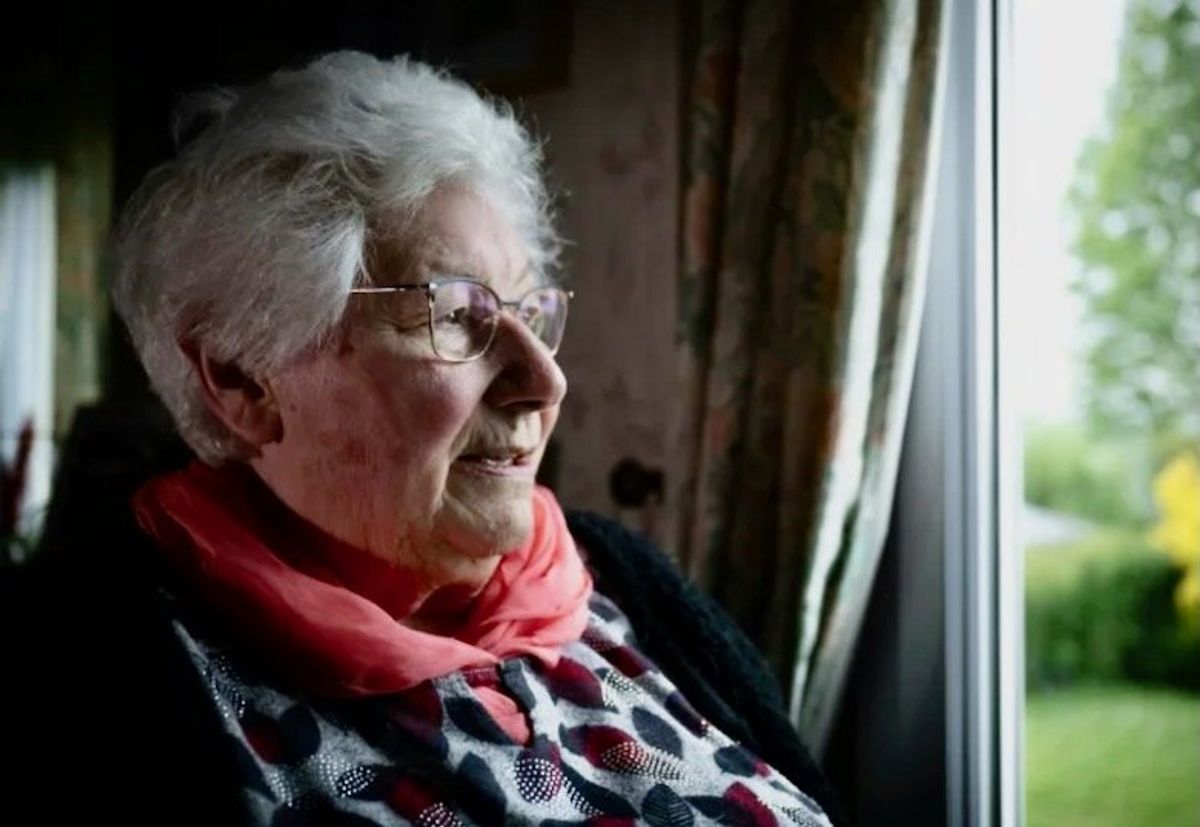By AFP
June 4, 2024

The sombre memorial at Nagasaki's Peace Park has in the past included ringing bells, a release of doves, and a prayer ceremony for the bombing victims - Copyright AFP Philip FONG
The Israeli ambassador to Japan has not yet been invited to Nagasaki’s annual peace ceremony, said city officials who instead sent the embassy a letter calling for a Gaza ceasefire.
The city in southern Japan this week invited dozens of countries and territories to the August 9 event on the anniversary of the US nuclear attack in 1945 that killed 74,000 people.
But “as for Israel, the situation is changing day by day… so we have put sending an invitation letter on hold,” mayor Shiro Suzuki told reporters on Monday.
Israel launched a blistering military offensive in Gaza nearly eight months ago, following an attack by Palestinian militant group Hamas on the country.
Worries that protests could disrupt the memorial for atomic bomb victims are partly behind the decision, said Suzuki.
“Given the critical humanitarian situation in Gaza, and public opinion in the international community, there are concerns about the risk of unexpected incidents during the ceremony,” which should be “safe and smooth”.
“As the Ukraine situation has not changed, we are not inviting Russia or Belarus” either, Suzuki added.
The Hamas attack on October 7 resulted in the death of 1,194 people in Israel, most of them civilians, according to an AFP tally based on official Israeli figures.
More than 36,470 Palestinians, mostly civilians, have been killed in the Gaza Strip since the war broke out, according to data provided by the health ministry of Hamas-run Gaza.
The Palestinian envoy has been invited to the ceremony in Nagasaki, local officials told AFP on Tuesday. Japanese media said that both sides are usually invited.
– Nagasaki, Hiroshima ceasefire push –
Nagasaki has instead sent a letter to the Israeli embassy in which “we call for an immediate ceasefire”, Suzuki said.
Its letter said that if city officials decide in the coming months that there is no problem in inviting Israel, “we will issue an invitation swiftly”, according to the mayor.
The Israeli embassy did not immediately issue a comment.
The sombre memorial at Nagasaki’s Peace Park has in the past included ringing bells, a release of doves, and a prayer ceremony for the bombing victims.
Hiroshima also holds a yearly ceremony in memory of the 140,000 people killed there after the United States dropped the first nuclear bomb on August 6, 1945.
The two strikes led to the end of World War II, and to this day Japan remains the only country to be hit by atomic weapons in wartime.
Hiroshima has invited Israel to this year’s ceremony, but in its letter called for a “ceasefire as soon as possible and resolution through dialogue”, a city official said.
According to local media, Hiroshima has never invited a Palestinian representative to its ceremony.















